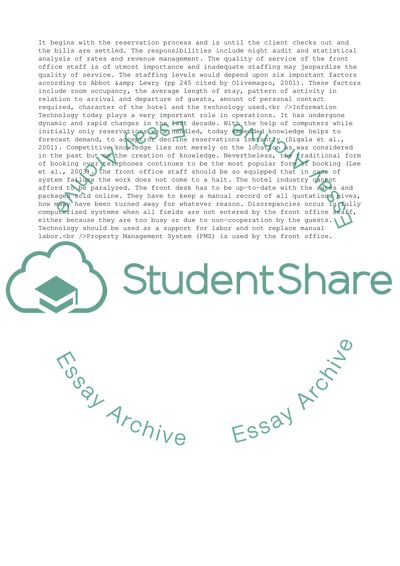Cite this document
(Management of Front Office Operations Essay Example | Topics and Well Written Essays - 2750 words, n.d.)
Management of Front Office Operations Essay Example | Topics and Well Written Essays - 2750 words. https://studentshare.org/management/1703668-front-office
Management of Front Office Operations Essay Example | Topics and Well Written Essays - 2750 words. https://studentshare.org/management/1703668-front-office
(Management of Front Office Operations Essay Example | Topics and Well Written Essays - 2750 Words)
Management of Front Office Operations Essay Example | Topics and Well Written Essays - 2750 Words. https://studentshare.org/management/1703668-front-office.
Management of Front Office Operations Essay Example | Topics and Well Written Essays - 2750 Words. https://studentshare.org/management/1703668-front-office.
“Management of Front Office Operations Essay Example | Topics and Well Written Essays - 2750 Words”. https://studentshare.org/management/1703668-front-office.


